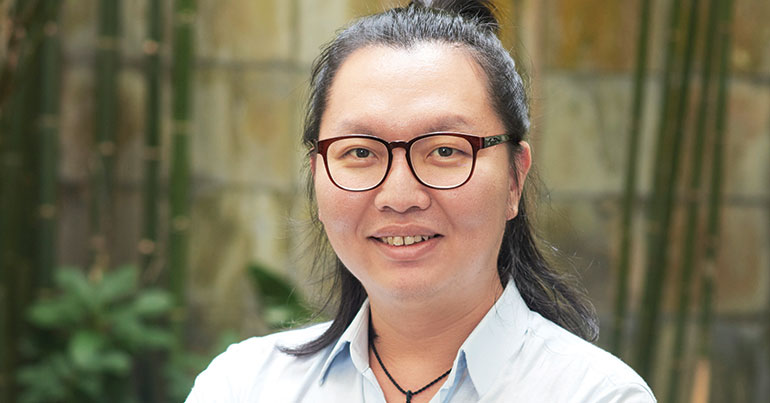Singapore tea expert Kenny Leong talks about what he is reading in the leaves when it comes to the tea industry

This article was published in the August edition of Southeast Asia Globe magazine. For full access, subscribe here.
“In the past ten years we have seen an interesting development – people from all walks of life are starting their own tea brands. It’s not hard to do. They join a training, like with Australian Tea Master, and start their own brand – from the A.muse Project and other players like Ette Tea to more established brands such as Gryphon and its more prestigious line called Monogram. All these seem to point to a progression of consumers moving toward an appreciation for finer tea.
“I’m hesitant to say blended teas [mixed with spices or dried fruits] are or aren’t artisanal – it’s good to have different market segments and different products, but if you look at things globally, the higher end always focuses on pure, unadulterated teas, no matter where you are. So, at the end of the day, when it boils down to a really good, pure, artisanal cup of tea it is something that’s not accessorised with a host of ingredients.
“Especially in the West, there is a growing trend of tea sommeliers – I hate that word, but there is not a better word for it – at these Michelin-starred eateries that put out menus of teas from China and Taiwan, curated because they recognise the rarity and exclusivity of them – they could stand head and shoulders with the greatest wines in the world. It’s not surprising to find sort of underground tea parties involving tea sommeliers and tea geeks who talk non-blended tea.
“I think, broadly speaking, the market for [Singaporean retailer] TWG Tea and brands like that would and should continue to grow as there’s always been a market for Starbucks and that sort of mass market, more accessible beverage options and producers. Because at the end of the day the really high-end artisanal products are not that accessible due to rarity and price, which is prohibitive.”

